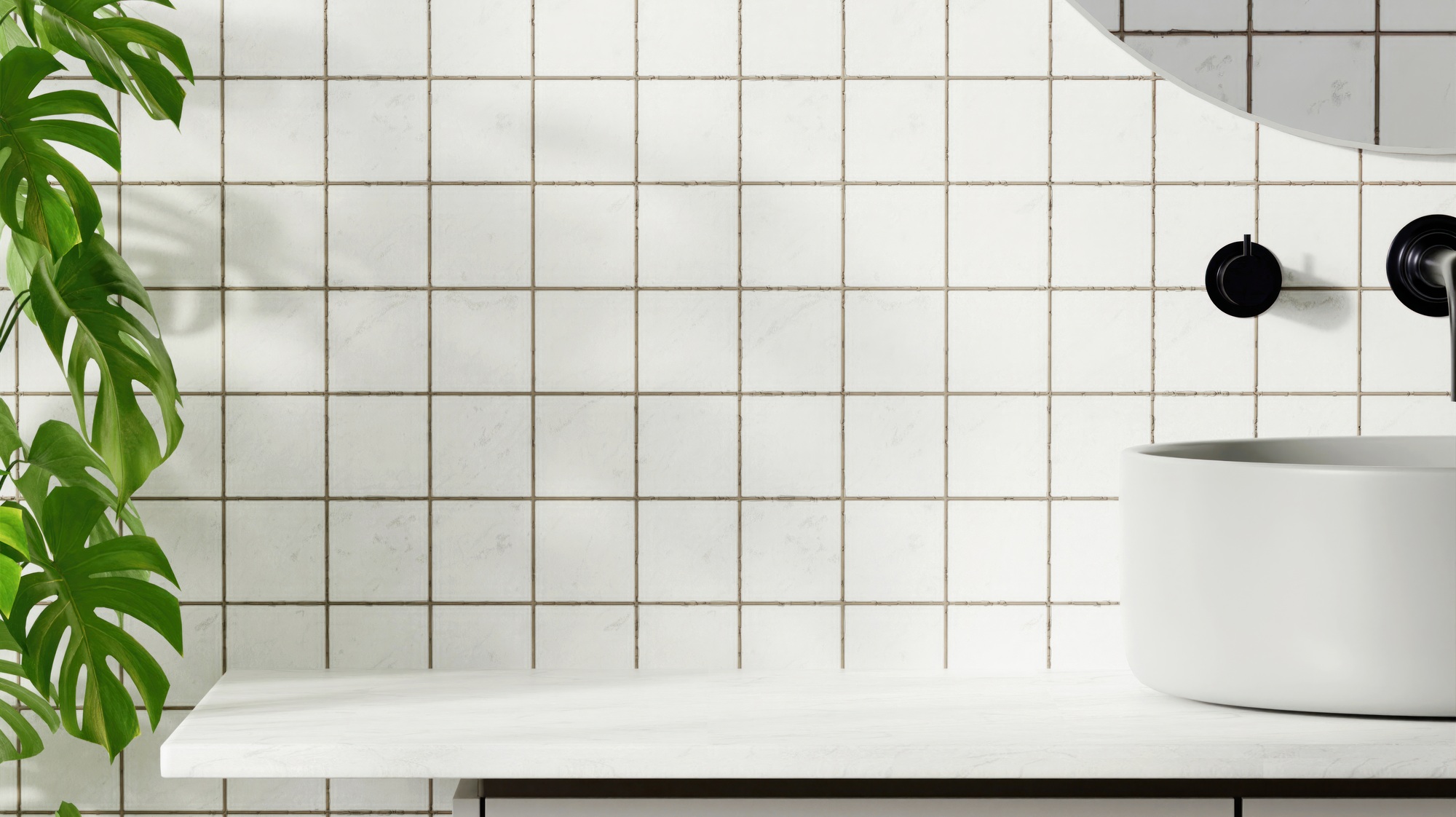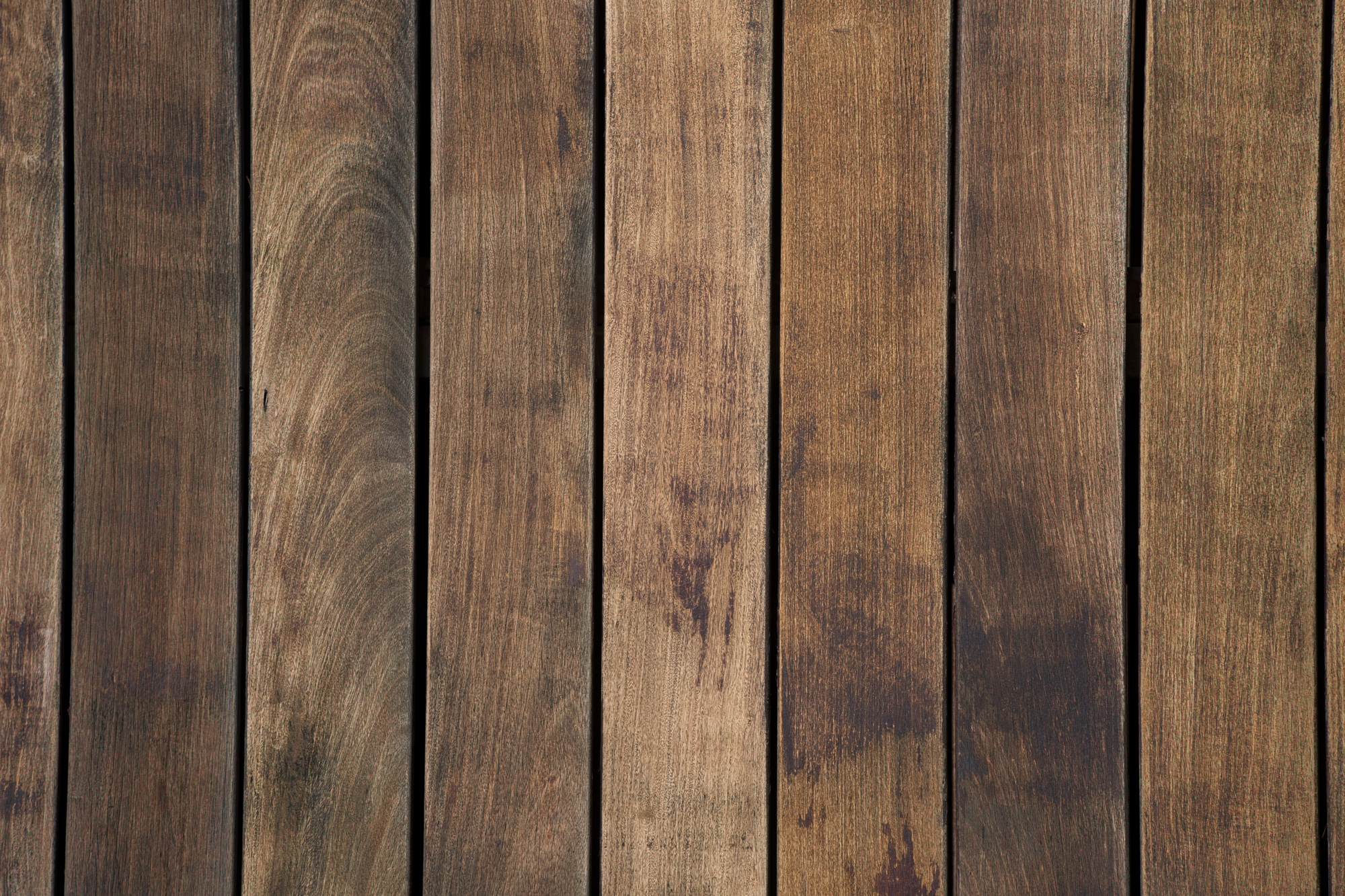Key Takeaways

- Calm Design Philosophy: Calm design prioritizes simplicity and serenity, creating environments that promote tranquility and well-being in both physical and digital spaces.
- Key Principles: The core elements of calm design include simplicity, minimalism, and balance; each contributes to a less distracting and more harmonious experience.
- Enhanced User Experience: By focusing on clear layouts, intuitive navigation, and reducing distractions, calm design significantly improves user satisfaction and engagement.
- Stress Reduction: Calm design actively helps reduce stress levels, fostering tranquil environments that contribute to a sense of peace during interactions.
- Practical Applications: Examples of calm design in use include Zen gardens, smart home technology, and retail spaces, all of which enhance user well-being and create inviting experiences.
- Competitive Advantage: Implementing calm design can differentiate small businesses in a competitive market, ultimately leading to improved customer loyalty and increased spending.
In today’s fast-paced world, finding moments of tranquility can feel like a challenge. That’s where calm design comes in. This approach prioritizes simplicity and serenity, creating spaces and experiences that soothe the mind and elevate your well-being. By focusing on minimalism, natural elements, and soft colors, calm design invites you to unwind and reconnect with yourself.
Imagine walking into a room that instantly puts you at ease, where every element has been thoughtfully curated to promote relaxation. Whether it’s in your home, workplace, or digital environment, calm design can transform the way you interact with your surroundings. Discover how incorporating these principles can lead to a more peaceful and harmonious life.
Understanding Calm Design

Calm design focuses on creating environments that foster tranquility and well-being. It emphasizes simplicity, natural elements, and soothing aesthetics to help individuals reconnect with themselves.
Definition of Calm Design
Calm design refers to a design philosophy that prioritizes peacefulness. It uses elements like minimalism, soft colors, and natural materials to create spaces that reduce anxiety. Calm design applies to physical environments, such as homes and offices, as well as digital interfaces, ensuring that users experience serenity through their interactions.
Importance of Calm Design
Calm design enhances well-being by providing a soothing atmosphere. It supports stress reduction and mental clarity, contributing to higher productivity and creativity. Creating such spaces is crucial for small businesses as it can improve customer experiences and strengthen brand loyalty. Prioritizing calm design enables you to differentiate your marketing strategy, positioning your products or services favorably in a competitive landscape.
Principles of Calm Design

Calm design focuses on simplicity, minimalism, and balance to foster tranquil environments that enhance well-being. Understanding these principles can transform both physical spaces and digital experiences.
Simplicity
Simplicity enhances calm design by reducing distractions. You can achieve simplicity by presenting information succinctly and creating clear visual hierarchies. Opt for a limited number of features that fulfill core functions. For example, in a website for a small business, ensure the navigation is intuitive and straightforward, allowing users to find what they need without confusion. This streamlined approach encourages users to engage without feeling overwhelmed.
Minimalism
Minimalism embodies the idea that less is more. In your designs, prioritize essential elements while eliminating unnecessary clutter. Key principles include clarity, intentionality, and attention to detail. Design spaces that invite focus on meaningful interactions. For instance, a marketing campaign using minimalistic visuals can draw customers’ attention to the product itself. This strategy cultivates a sense of calm, allowing potential clients to feel centered and more connected to your brand.
Balance
Balance in design maintains harmony between elements to create an inviting atmosphere. You achieve balance by arranging visual components in a way that feels natural and proportional. In calm design, it’s essential to balance colors, shapes, and spaces to prevent chaos. For example, using ample white space in your layouts can create a soothing effect, making it easier for users to absorb information. A well-balanced design fosters a sense of tranquility, enhancing user experiences and reinforcing the overall calm aesthetic.
Benefits of Calm Design

Calm design offers numerous advantages that improve interactions and foster a serene environment. Two key benefits include an enhanced user experience and reduced stress levels.
Enhanced User Experience
Calm design significantly improves the user experience through several essential elements.
- Simplification and Clarity: Focus on clean layouts, uncluttered spaces, and clear typography, ensuring that every element serves a purpose in the interface.
- Accessibility: Prioritize user accessibility by implementing clear typography and well-defined navigation. Thoughtful use of whitespace makes it easy for everyone, including individuals with disabilities, to navigate your site or application.
- Reduced Distractions: Minimize distractions to allow users to concentrate on their tasks without feeling overwhelmed. Increased focus leads to higher customer satisfaction and strengthens brand loyalty, crucial for small businesses seeking to differentiate themselves in a competitive market.
Reduced Stress Levels
Calm design actively contributes to lowering stress levels for users in various settings.
- Tranquil Environments: Create soothing digital spaces that promote relaxation, ultimately reducing anxiety during interactions with your brand.
- Intuitive Navigation: Foster stress-free experiences by ensuring intuitive navigation that guides users seamlessly, enhancing overall satisfaction.
With these benefits, calm design becomes a vital strategy for enhancing user engagement while establishing a strong presence in the market.
Examples of Calm Design

Calm design finds practical application in various environments, enhancing user well-being and creating harmonious experiences. Here are a few successful applications and case studies demonstrating this design philosophy.
Successful Applications
- Zen Gardens: Zen gardens utilize minimalistic layouts with natural elements to promote tranquility. Simple raked gravel and strategically placed rocks create a peaceful atmosphere that invites reflection.
- Smart Home Technology: Devices like smart thermostats and lighting control systems engage users only when needed. Subtle feedback, such as gentle lighting changes, allows homeowners to feel in control without distractions.
- Retail Spaces: Small businesses can benefit from calm design by using soft colors, clean layouts, and natural materials. These elements create inviting spaces that make customers feel relaxed, encouraging longer visits and increased spending.
- Digital Interfaces: Applications like meditation apps employ soft color palettes and intuitive navigation. Such interfaces allow users to focus on mindfulness without overwhelming them with choices or information.
Case Studies
- Nest Thermostat: Nest demonstrates calm design principles by integrating seamlessly into users’ lives. The device uses ambient temperature cues, requiring minimal interaction while optimizing comfort.
- Airbnb’s Platform: Airbnb utilizes calm design in its user interface, maintaining clarity and simplicity throughout the booking process. The layout reduces user stress, making it easy to find desired accommodations.
- Google’s Material Design: Google embraces calm design through its Material Design philosophy, focusing on intuitive navigation and soft animations. This enhances user experiences across their platforms while ensuring ease of use.
- Apple’s Retail Stores: Apple’s retail locations prioritize minimalism and organization. With spacious layouts and natural lighting, these stores foster a calming environment that enhances customer engagement and satisfaction.
Implementing calm design principles offers tangible benefits for small businesses, improving customer experiences through tranquil environments and intuitive interactions.
Conclusion

Embracing calm design can transform your spaces and experiences into havens of tranquility. By prioritizing simplicity, minimalism, and balance, you create environments that not only reduce stress but also enhance clarity and focus. Whether you’re designing a home, an office, or a digital interface, the principles of calm design offer valuable strategies for improving user engagement and satisfaction.
As you integrate these elements into your projects, you’ll likely notice a positive shift in how people interact with their surroundings. In a world filled with distractions, calm design stands out as a powerful approach to fostering well-being and connection, making it an essential consideration for anyone looking to elevate their design game.
Frequently Asked Questions

What is calm design?
Calm design is a design philosophy focused on creating tranquil spaces and experiences that enhance well-being. It emphasizes simplicity, minimalism, natural elements, and soft colors to foster relaxation and reduce anxiety, whether in physical environments or digital interfaces.
How does calm design improve well-being?
By providing soothing atmospheres, calm design helps reduce stress and promote mental clarity. This tranquility supports higher productivity and creativity, ultimately leading to enhanced overall well-being.
What are the key principles of calm design?
The main principles include simplicity, minimalism, and balance. Simplicity reduces distractions, minimalism emphasizes essential elements, and balance creates harmony, all contributing to a calming user experience.
How can calm design benefit small businesses?
Calm design can enhance customer experiences by creating inviting environments that encourage longer visits. It strengthens brand loyalty and helps differentiate products or services in a competitive market.
What are some examples of calm design in practice?
Examples include Zen gardens that promote tranquility, smart home technology that minimizes distractions, and retail spaces with soft colors and clean layouts. Digital apps, like meditation platforms, use serene palettes and intuitive navigation for better user engagement.
How does calm design enhance user experience?
Calm design improves user experience by simplifying navigation, clarifying information, and reducing distractions. This approach allows users to focus on their tasks, resulting in higher customer satisfaction.
Can calm design lower stress levels?
Yes, calm design creates tranquil environments that lower stress levels by ensuring seamless interactions and intuitive navigation, contributing to a more peaceful experience for users.
Why is clarity important in calm design?
Clarity is essential because it minimizes distractions and presents information in an easy-to-understand manner. This promotes a smoother experience, allowing users to navigate without frustration.
Image Via Envato: nd3000, ORION_production, MKU018, laguna947, itchaznong, Sorapop, josecarloscerdeno



